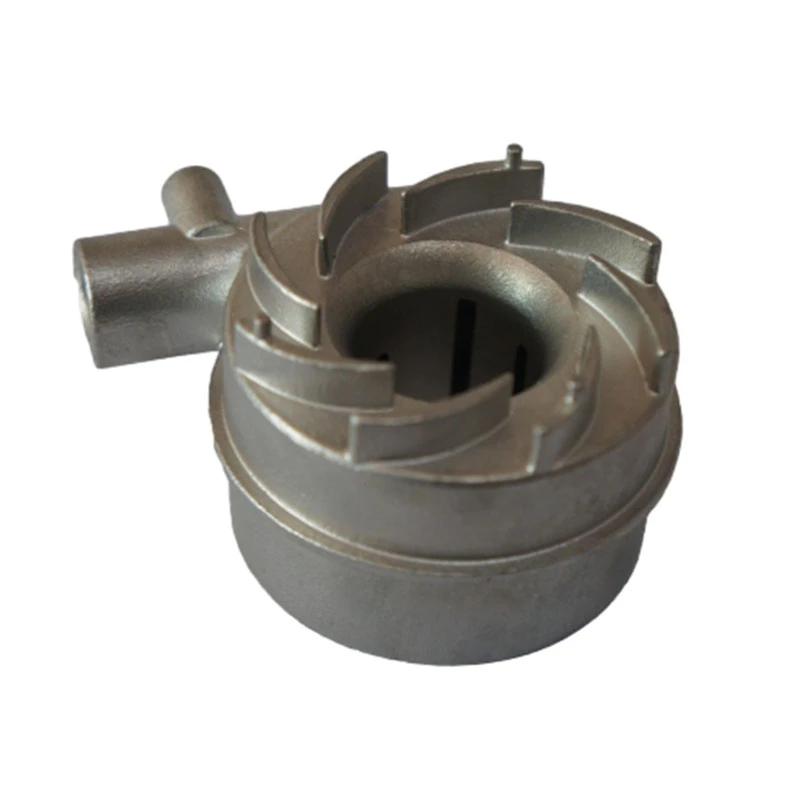die casting operation
Die Casting Operation A Comprehensive Overview
Die casting is a manufacturing process that involves forcing molten metal into a mold cavity under high pressure. This technique is widely used in various industries, including automotive, aerospace, electronics, and consumer goods, due to its ability to produce complex shapes with high dimensional accuracy and a smooth surface finish. In this article, we will explore the die casting operation, its advantages, materials used, and its applications.
The Die Casting Process
The die casting operation consists of several key steps
1. Mold Preparation The process begins with the preparation of the die, which is typically made of steel or other durable materials. The molds are designed to create the desired shape and features of the final product. The precision of the mold is crucial, as it directly affects the quality of the casted item.
2. Melting the Metal Various metals can be used in die casting, including aluminum, zinc, magnesium, and copper. These metals are heated in a furnace until they reach a molten state. The choice of metal depends on the application and the required mechanical properties of the finished product.
3. Injection of Molten Metal Once the metal is molten, it is injected into the mold under high pressure, typically ranging from 1,500 to 30,000 psi. This high pressure ensures that the metal fills all intricacies of the mold, resulting in a part with excellent fidelity to the original design.
4. Cooling and Solidification After the molten metal is injected into the mold, it begins to cool and solidify. The cooling time can vary based on the size and complexity of the part, as well as the material used. Once the metal is sufficiently solidified, the mold is opened, and the finished part is ejected.
5. Post-Processing While die casting produces parts with a high finish, some additional processing may be required. This can include machining, trimming, and surface finishing to achieve the desired tolerances and surface quality.
Advantages of Die Casting
Die casting offers numerous advantages that make it a preferred choice for many manufacturing applications
- High Precision The die casting process allows for tight tolerances and complex geometries, which are difficult to achieve with traditional manufacturing methods like machining.
die casting operation

- High Production Rates Once the die is created, a large number of identical parts can be produced quickly, making it suitable for high-volume production
.- Excellent Surface Finish Die cast parts often come out with a smooth surface finish, reducing the need for extensive post-processing.
- Material Efficiency The die casting process generates less waste compared to other methods. The unused metal can often be re-melted and reused.
Applications of Die Casting
Die casting is widely utilized across various industries due to its versatility and efficiency. Some common applications include
- Automotive Parts Components such as engine blocks, transmission housings, and various internal parts are frequently manufactured using die casting to meet the demands for lightweight and durable materials.
- Aerospace Die casting is used for producing components that require high strength-to-weight ratios, such as housings and frames.
- Consumer Goods Many household items, such as appliances and power tools, feature die cast parts that provide both aesthetic appeal and functional performance.
- Electronics Enclosures for electronic devices often utilize die casting for protection and thermal management.
Conclusion
The die casting operation is a sophisticated and efficient manufacturing process that offers high precision, excellent surface finish, and a broad range of applications. As industries continue to innovate and demand better performance, die casting will remain a vital technique, driving advancements in manufacturing technology and product design. Whether it's in the automotive sector or consumer electronics, die casting proves to be an essential component in the production of high-quality components.
-
OEM Sand Cast Pump Valve Fittings - Baoding Hairun | Precision Engineering, CustomizableNewsJul.30,2025
-
OEM Sand Cast Pump Valve Fittings - Baoding Hairun Machinery And Equipment Trading Co., Ltd.NewsJul.30,2025
-
OEM Sand Cast Pump Valve Fittings - Baoding Hairun Machinery And Equipment Trading Co., Ltd.NewsJul.30,2025
-
OEM Sand Cast Pump Valve Fittings - Baoding Hairun Machinery|Precision Engineering&Fluid ControlNewsJul.30,2025
-
OEM Sand Cast Pump Valve Fittings - Baoding Hairun Machinery And Equipment Trading Co., Ltd.NewsJul.30,2025
-
OEM Sand Cast Pump Valve Fittings-Baoding Hairun Machinery And Equipment Trading Co., Ltd.NewsJul.30,2025















